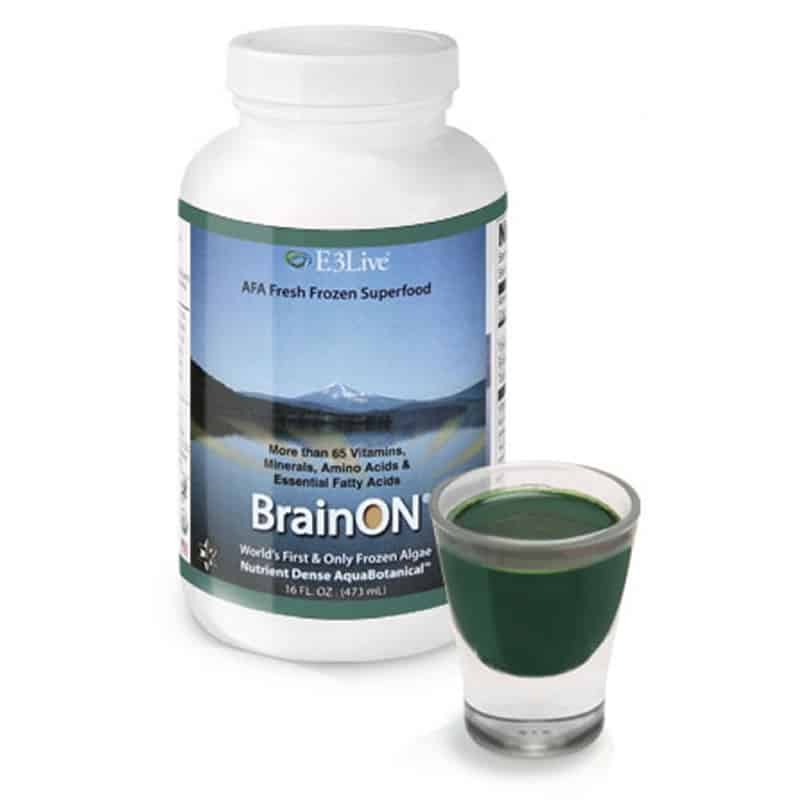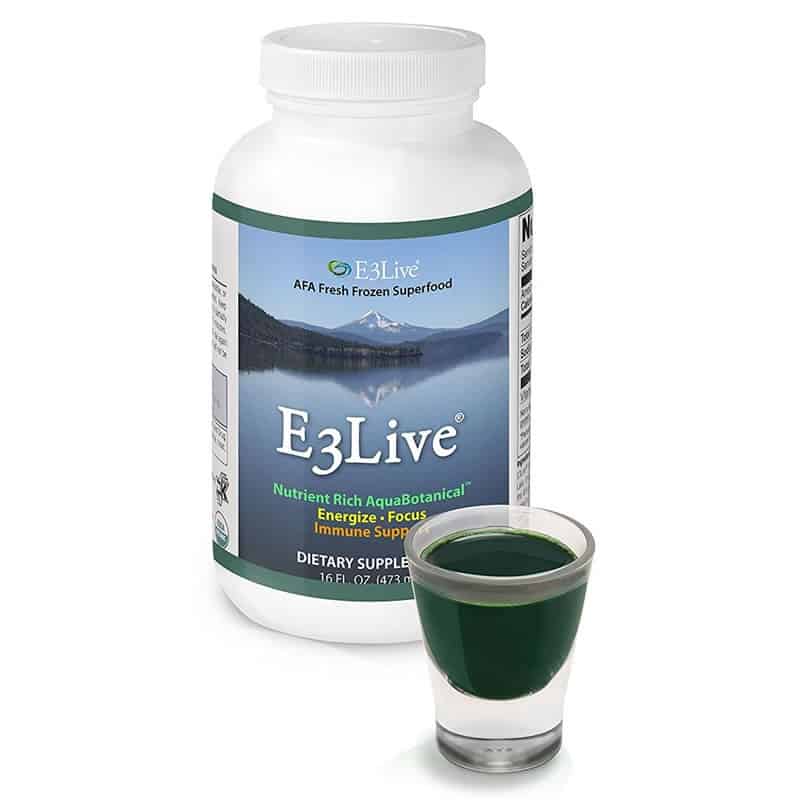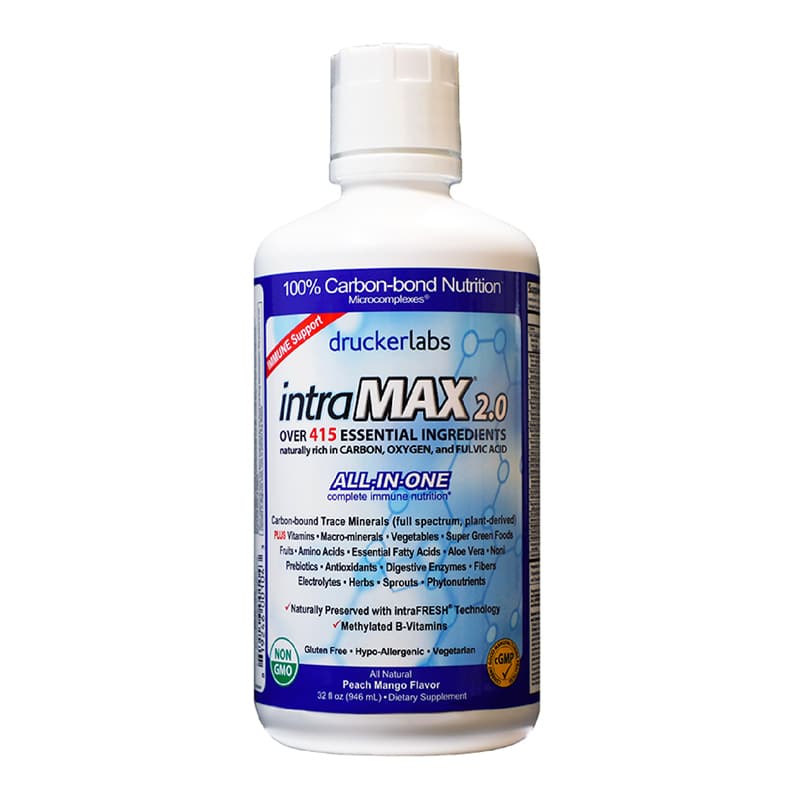No products in the cart.
Food Additives
A food additive is a substance or mixture of substances, other than basic foodstuffs, present in food as a result of any aspect of production, processing, storage, or packaging. The term does not include chance contaminants. Food processors have in their armamentaria an estimated ten thousand chemicals they may add to what we eat. Some are deleterious, some are harmless, and some are out right poison. Everyone one of these chemicals used in food processing must serve on or more of the following purposes, improve nutritional value, enhance quality or consumer acceptability, improve the keeping quality, make the food more readily available, facilitate its preparation.
The majority of food additive have nothing to do with nutritional value, but are used for other purposes. To improve the keeping quality of some products, processors embalm them. Bread has as many as sixteen chemicals to keep it feeling “fresh” to the touch. One type of bread, balloon bread, undergoes rigor mortis thanks to its additive, plaster of Paris. Ironically, when nothing is added to foods, they cost us considerably more. Unbleached four is for times as expensive as bleached; untreated tomatoes, five times as much as regular canned tomatoes, and unsulfured raisins are six times the cost of treated ones.
The fact is that a large percentage of the food additives have not been tested over the long term, one of the great problems in determining chemical safety. Cancer, for instance, may take twenty years to develop in humans, and often more than two years in animals. Another great problem with testing additives is determining how they interact with each other and with the sixty-three thousand other chemicals in common use today. While the testing of additives in our food for carcinogenicity may be imperfect, little if any testing is being done to determine if food additives may be toxic to the brain and nerves, although a number of scientists believe that neurotoxins are even more of a problem in food than carcinogens.
Preservatives
These “antispoilants” are used to help prevent microbiological spoilage and chemical deterioration. They are of many different types, of which about one hundred are in common use. Preservatives for fatty products are called antioxidants, which prevent the production of off flavors and off odors. These include benzoic acid used in margarine and buylated hydroxyanisole (BHA0 used in lard, shortenings, crackers, soup bases, and potato chips. In bread, preservatives are “mold” and “rope” inhibitors. They include sodium and calcium propionate, sodium diacetate, and such acetic substances as acetic acid and lactic acid. Sorbic acid and sodium and potassium salts are preservatives used in cheeses, syrups, and pie filling.
Preservatives used to prevent mold and fungus growth on citrus fruits are called “fungicides.” Sequestering agents, still another type of preservative, prevent physical or chemical changes that affect color, flavor, texture, or appearance. Ethylenediaminetetraacetic acid (EDTA) and its salts, for instance, are used to prevent the adverse effects of metals present in such products as soft drinks, where metal ions can cause clouding. Sequestrant used in dairy products to keep them “fresh and sweet” include sodium, calcium, and potassium salts of citric, tartaric, and pyrophosphoric acids. Other common multipurpose preservatives are the gas, sulfur dioxide, propyl gallate, and, of course, sugar, salt, and vinegar.
Bleaching and Maturing Agents/Bread Improvers
Fresh-ground flour is pale yellow. Upon storage, it slowly becomes white and undergoes an aging process that improves its baking qualities. For more than fifty years, processors have added oxidizing agents to the four to accelerate this process, thus reducing storage costs, spoilage, and the opportunity for insect infestation. Compounds such an benzoyl peroxide bleach the flour without effect on baking qualities. Other compounds, such as oxide of nitrogen, chlorine dioxide, nitrosyl chloride, and chlorine have both a bleaching and maturing or “improving” ability. Bread improvers used by the baking industry contain oxidizing substances such as potassium bromate, potassium iodate, and calcium peroxide. They also contain inorganic salts such as ammonium or calcium sulfate and ammonium phosphates, which serve as yeast foods and dough conditioner. Quantities used are relatively small since these can easily result in an inferior product. Bleaching agents may also be used in other foods such as cheese to improve the appearance of the finished product.
Processing Aids
Many chemicals fall into this category. Sanitizing agents, for instance, to clean bacteria and debris from products, are considered such aids. So are clarifying agents which remove extraneous materials. Tannin, for instance, is used for clarifying liquids in the wine and brewing industries. Gelatine and albumen remove small particles and minute traces of copper and iron in the production of vinegar and some beverages. Emulsifiers and emulsion stabilizers help to maintain a mixture and assure a consistency. They affect characteristics such as volume, uniformity, and fineness of grain (bakery products have a softer “crumb” and slower “firming” rate). They influence ease of mixing and smoothness, such as the whipping property of refrozen desserts and the smoothness, such as the whipping property of frozen desserts and the smoothness of cake mixes. They help maintain homogeneity and quality in such products as mayonnaise, candy, and salad dressing. Some common emulsifiers are lecithin, the monoglycerides and diglycerides, and propylene glycol alginate. Sorbitan derivative are used to retard “bloom,” the whitish deposit of high-melting components of cocoa butter that occasionally appear on the surface of chocolate candy. Food chemists sometimes call emulsifiers “surfactants” of “surface active-agents.”
Texturizers or stabilizers are added to products to give them “body” and maintain a desired texture. For instance, calcium chloride or some other calcium salt is added to canned tomatoes and canned potatoes to keep them from falling apart. Sodium nitrate and sodium nitrite are used in curing meats to develop and stabilize the pink color. Nitrogen, carbon dioxide, and nitrous oxide are employed in pressure-packed containers of certain foods to act as whipping agents or as propellants. The texture of ice cream and other frozen desserts is dependent on the size of the ice crystals in the product. By adding agar-agar, gelatin, cellulose gum, or some other gum, the size of the ice crystals is stabilized. Texturizer gums are also used in chocolate milk to increase the viscosity of the product and prevent the settling of cocoa particles to the bottom of the container. Gelatin, pectin, and starch are used in confectionery products to give a desired texture. Artificially sweetened beverages also need processing products to give a desired texture. Artificially sweetened beverages also need body-enhancing agents because they do not contain the “thickness” normally contributed by sugar. The thickeners employed include such natural gums as sodium alginate and pectins. The foaming properties of brewed beer can also be improved by the addition of texturizers.
Acids, Alkalies, Buffers, Neutralizers
The degree of acidity or alkalinity is important in many processed foods. An acid such as potassium acid tartrate, sodium aluminum phosphate, or tartaric acid acts on leavening agent in baked goods and releases the gas that causes the desired “rising.” The flavor of many soft drinks other than cola is modified by the use of an acid such as citric acid from citrus fruits, malic acid from apples, or tartaric acid, a component of grapes. Phosphoric acid is used to give colas their “tangy” taste. The same acids that are used in soft drinks are also used in churning cream to help preserve the flavor and keep the quality of butter. Alkalies such as ammonium hydroide in cocoa products and ammonium carbonate in candy, cookies, and crackers are employed to make the products more alkaline. Buffers and neutralizing agents are chemicals added to foods to control acidity or alkalinity, just as acids and alkalies are added directly. Some common chemicals in the class are ammonium bicarbonate, calcium carbonate, potassium acid tartrate, sodium aluminum phosphate, and tartaric acid.
Moisture Content Controls
Humectants are necessary in the production of some types of confections and candy to prevent drying out. Without a humectant, shredded coconut, for example, would not remain soft and pliable. Substances used for this purpose include glycerine, which retains the soft, moist texture in marshmallows, propylene glycol, and sorbitol. On the other hand, calcium silicate is used to prevent table salt from caking due to moisture absorption from the air.
Coloring Agents
Food colors of both natural and synthetic origin are extensively used in processed foods, and they play a major role in increasing the acceptability and attractiveness of these products. However, the indiscriminate use of color can conceal damage or inferiority, or make the product appear better than it actually is.
Flavorings
A wide variety of spices, natural extractive, oleoresins,and essential oils are used in processed foods. In addition, the modern flavor chemist has produced many synthetic flavors. Both types of products are used extensively in soft drinks, baked goods, ice cream, and confectionary. Flavoring agents are the most numerous additive; of the three thousand food additives know to be added to our food supply, two thousand are flavorings to replace the flavors lost during processing. Of these, some five hundred are natural and the balance synthetic. They are usually employed in amounts ranging from a few to three hundred parts per million. Amyl acetate, benzaldehyde, carvone, ethyl acetate, ethyl butyrate, and methyl salicylate are typical compounds employed in the preparation of flavoring materials. However, many of the compounds used in synthetic flavorings are also found in natural products or derive from natural acids. Essential oils, such as oil of lemon and oil of orange, are natural flavors made by extraction of the fruit rind. There are also flavor enhancers, the commonest being monosodium glutamate (MSG) and maltol.
Physiologic Activity Controls
The chemicals in this group are added to fresh foods to serve as ripeners or antimetabolic agents. For instance, ethylene gas is used to hasten the ripening of bananas and maleic hydrazide is used to prevent potatoes from sprouting. Coming into increasing uses are enzymes that are of natural origin and generally believed to be nontoxic. Of all food enzymes additive, amylases, which act on starch, have the most numerous application. Various amylases from plant, animal, fungal, and bacterial sources have been used to break down the components of starch to make it more digestible. Enzymes are also used in the fermentation of sugar to make candy, in the brewing industry, and in the manufacture of artificial honey, bread, and frozen milk concentrates.







